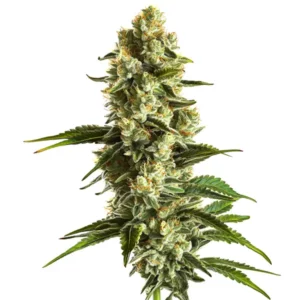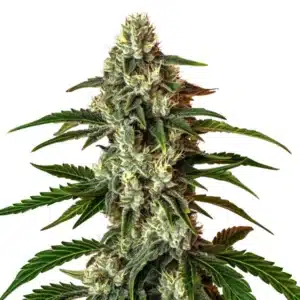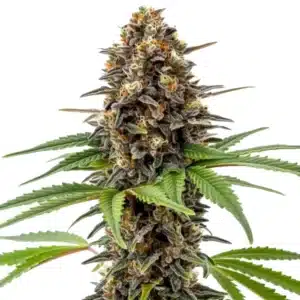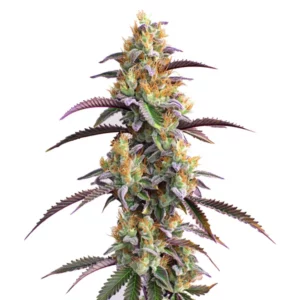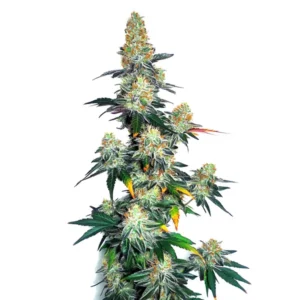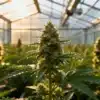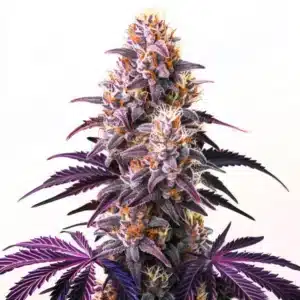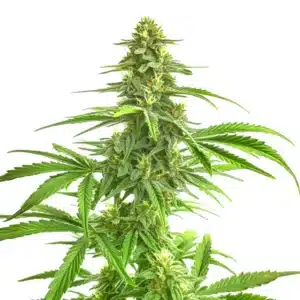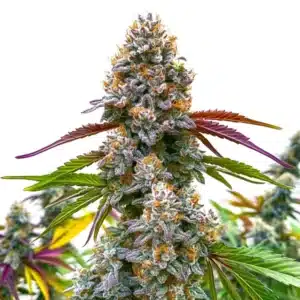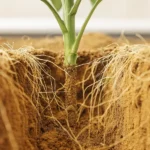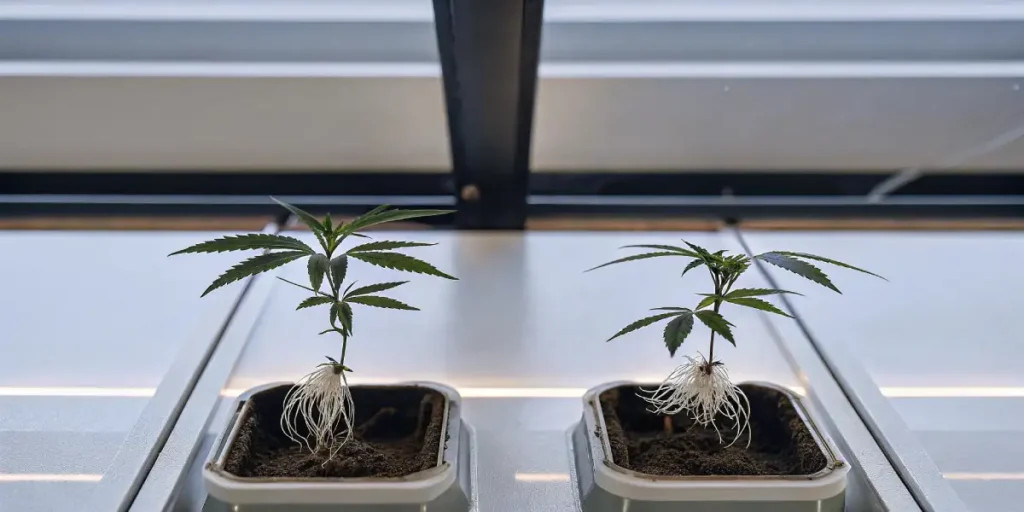
How to Root Cannabis Cuttings
Rooting cuttings is a satisfying way to multiply your plants without starting from seed, allowing you to clone your favorite strains. The process is straightforward, and with a bit of practice, you’ll be propagating like a pro.
Understanding the conditions that promote healthy root development is essential. Temperature, humidity, and light all play critical roles.
Recommended Strains
Banana Cream
|
|
THC | 28% - 30% (High) |
|
|
Type | Feminized |
|
|
Yield | Medium |
|
|
Phenotype | 70% Indica / 30% Sativa |
Banana Kush
|
|
THC | 17% - 21% (Medium) |
|
|
Type | Feminized |
|
|
Yield | High |
|
|
Phenotype | 60% Indica / 40% Sativa |
Cloning Cannabis from Stem Cuttings
This technique allows you to create an identical copy of your favorite plant. Start by selecting a healthy, disease-free mother plant. The first rule is timing: always take cuttings when the mother plant is in a healthy vegetative growth phase. It should be a mature plant, at least 21 days to a month old. If the mother has started to flower, the clones will not grow properly.
Use a sharp, sanitized blade to take cuttings. It is best to select newer branches from the upper part of the plant, as they are the most vigorous and healthy. An angled cut exposes more surface area, aiding in root development. After taking cuttings, it’s good practice to apply a plant healing agent to the wounds on the mother plant to prevent infection.
Promos & Deals
How to Root Cannabis Cuttings in Water
Rooting in water is a simple method that allows you to monitor root development closely. Begin by filling a glass with clean, room-temperature water. For optimal results, it’s important to manage the water’s pH. The ideal pH for rooting in water is slightly more acidic than for soil, around 5.5, as this encourages root development.
Choose healthy cuttings from a mother plant like the Gelato strain, trim any lower leaves, and place the stem in the water. Change the water every few days to keep it fresh and oxygenated. You should see roots develop within one to two weeks.
How to Root Cannabis Cuttings in a Medium (Jiffy, Rockwool)
Rooting cuttings in a starting medium is another effective method. Jiffy pellets (compressed peat, for transplanting to soil) or rockwool cubes (for transplanting to hydroponics) are perfect for this. They are great for rooting many cuttings in a small space, and they maintain the ideal moisture and oxygenation needed to grow a strong root system in a short time.
For this method, dip the cut end of your cutting in a rooting gel. After applying the gel, gently insert the cutting into your pre-soaked Jiffy or rockwool cube.
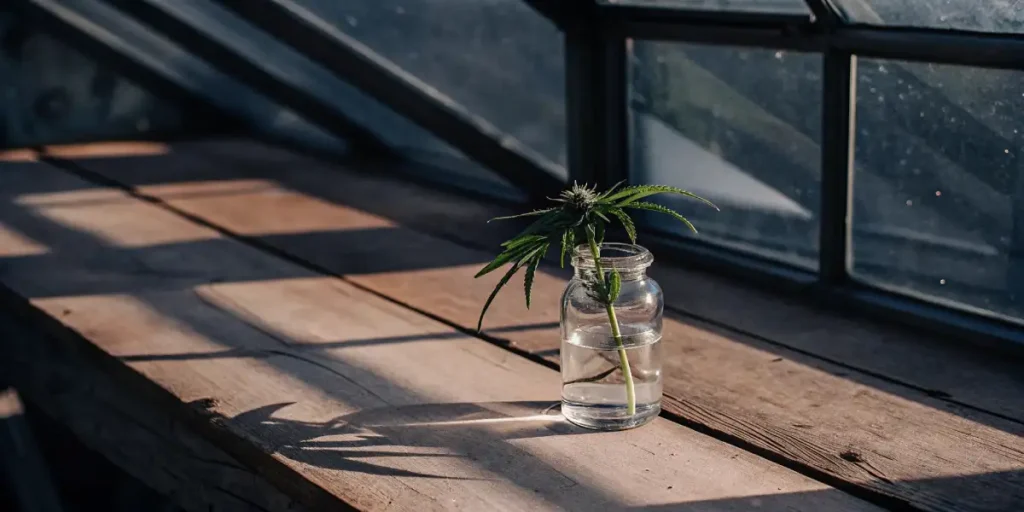
Creating the Right Environment
Place the cuttings in a humidity dome to maintain high humidity levels. This prevents them from drying out as they develop roots. Keep the medium moist but not waterlogged. Position your cuttings under a low-intensity grow light or in a location with indirect sunlight.
How to Root Cannabis Cuttings Hydroponically
For those with a hydroponic setup, this method can be highly effective, allowing for rapid root growth. Begin by placing your cuttings in a hydroponic cloning machine. These systems use misters or bubblers to keep the cuttings moist and oxygenated.
Ensure your nutrient solution is balanced and that the water temperature stays around 18ºC (65ºF). It is also important to monitor the new roots as they grow. In some hydroponic systems, you need to watch that the roots do not grow into the irrigation tubes and clog them.
Important Transplanting Rule
A critical rule to remember when transplanting: do not move clones that have been rooted in soil or coco coir into pure hydroponic or aeroponic systems. The soil or coco particles will wash off and clog the pumps, emitters, and tubes of the hydro system, causing it to fail.
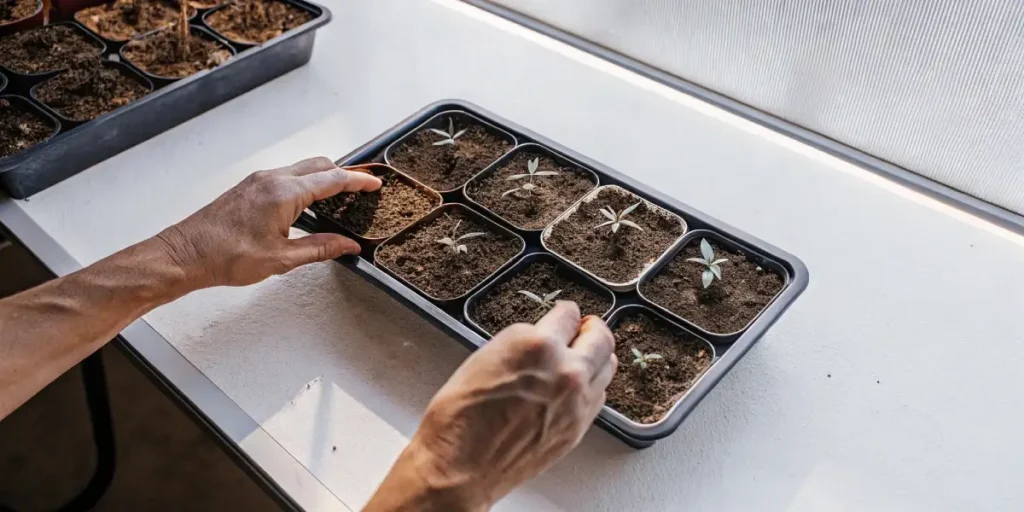
FAQs
What is the best time to take cannabis cuttings?
The best time is during the plant’s vegetative stage, when it is actively growing and at least a month old. Cuttings from flowering plants rarely root successfully. Taking them in the morning when the plant is well-hydrated is ideal.
How long does it take for cannabis cuttings to root?
Typically, it takes between 7 and 21 days. A strong root system, ready for transplanting, usually takes between 15 and 20 days to develop under ideal conditions. Hydroponic systems may be slightly faster.
Can I use tap water for rooting cannabis cuttings?
Yes, but it’s best to let it sit for 24 hours to allow chlorine to evaporate. For best results, use filtered or distilled water and adjust the pH to around 5.5.
Why are my cannabis cuttings not rooting?
Common reasons include: taking cuttings from an unhealthy or flowering mother plant, using dull/unsterile tools, or incorrect environmental conditions (too hot/cold, too dry/wet, too much light).
Should I use a rooting hormone for cannabis cuttings?
Yes, using a rooting hormone (gel or powder) is highly recommended. It significantly increases the success rate and speeds up root development, especially for beginners.



